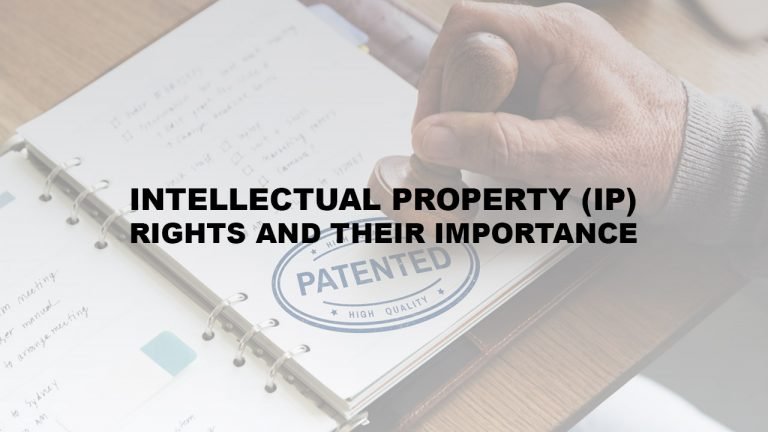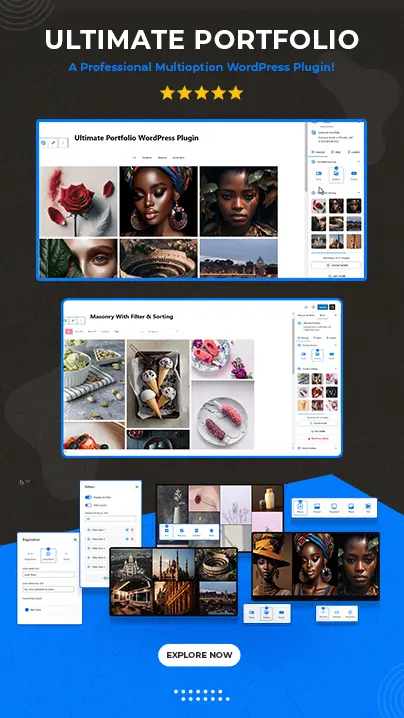
Our real-world is based on the physicality of things and ownership is defined in accordance with the actual or legal holder of a particular thing and law decides actual ownership in terms of the legal holder of a particular object. But in a digital world as each and every creation is copyable, “Intellectual Property (IP) Rights” is the term that creates a secure judicial legal security around your original work. These rights is the basic link to the real world’s Judicial System in terms of ownership and usable rights to your own original work when it’s being used by other people in the digital world.
What is Intellectual Property?
Your Original work is made by you in a digital world could be like New Invention, designs, Art and other art-related work, Pictures and Photos, Personal digital stuff, Digital Currency, Names, and many Symbols basically any digital entity which can be owned by you is called your Intellectual Property.
What are IP rights and Why they needed?
Legal Protection to your digital entity by our real-world Judicial system is referred to as IP Rights. Basically, IP rights are granted to individuals over their digital works. For a set amount of time or with a set of usage rules they usually grant the inventor exclusive rights to exploit his or her creation digitally to another person or people.
The goal of intellectual property rights is to inspire important inventions in the real or Digital world or that can support economies, such as technology, artwork, and inventions. Intellectual Property Rights enable people to keep producing things that lead to greater job possibilities and new technology, allowing our society to expand even faster.
The law grants people and businesses property rights to practically all of the information and creative goods they create, usually for a fixed period of time or with some usage restrictions imposed by ownership. This provides a financial incentive for their development because it allows people to profit from the information and intellectual property they create, as well as safeguard their ideas and prevent imitation. These financial incentives are believed to foster innovation and contribute to countries’ technical growth, which is dependent on the level of protection provided to innovators.
Major Advantage of IP Rights
When compared to physical property such as land or assets, intellectual property’s nature is intangible. Unlike traditional physical property, intellectual property is “indivisible,” meaning that an intellectual good is usable worldwide by many people without any consumption or depletion.
Although Physical assets are guardable physically by locking it, by fencing it but in the digital informative world replication and deliveries at a lower cost are possible without much effort.
SO IP rights are strong protection to your information by law balancing encourage the creation of intellectual goods.
Distribution of Rights
These rights are distributed in many forms varying on the basis of protection is needed by owners’ original information. In some jurisdictions, they are Basic like Patents, Copyrights, Trademarks, and in some jurisdictions more descriptive approaches are distributed like Industrial design rights, Trade Secrets, Trade Dresses, and even Plant Trades.
Patents
A patent is vastly used in terms of security to your original work this is also used in physical terms of law to prevent others to replicate your original work. A patent is usually granted by a government to an inventor which protects owners’ work from any type of alteration like reuse, remaking of product, or resell it without any legal permission by the owner.
The owner of a Patent is able to bound his invention in protection by law in exchange for public revelation of his invention which is in terms of flexibility is a very good way of encouraging more efforts in the possibility of growth in our system.
An invention is a solution to a specific technological problem that might take the form of a product or a method and must meet three major criteria: it must be novel, not obvious, and have industrial applicability. Patent owners are required to reveal important information about their inventions to the public in order to enhance the body of knowledge and drive creativity.
Copyrights
A copyright is a right that protects creators’ works in a non-tangible form of use. A user can use and get benefitted from original work without altering its original behavior or structural form. Also, users cannot replicate or distribute the original work. It covers ideas of original works in a manner of semantic protection and redistribution of work is completely prohibited without the creator’s permission.
Copyright grants an original work’s creator exclusive rights to it, usually for a set time. Copyright can cover a wide range of creative, intellectual, and aesthetic forms
Ideas and information are not protected by copyright; only the shape or method in which they are expressed is.
Trademarks
As the name suggests it’s a mark for a Trade. Basically, a sign or a design represents recognition of a product, service, or maybe Industry. Trademarks are service marks usually used to identify Industry, service, product, or individuals. This also distinguishes a group or industry from highlighting its prestige from other similars worldwide.
Mostly Trademarks are registered by jurisdictions to represent companies, groups, or a product. Judicially identifies a service or product as a non-alterable entity covered by Law.
Users are bound to not use a registered trademark against their personal work or as a representation of other origins of other similar works. Trademarks can be reused by subdivisions under licensing agreements if it is used without it, the owner of a trademark may pursue legal action against trademark infringement. In most countries, pursuing this type of action necessitates the official registration of a trademark. Common law trademark rights are recognized in the United States, Canada, and other nations, which means that any unregistered trademark can be protected if it is in use. Nonetheless, common law trademarks provide less legal protection to their owners than registered trademarks.
Design rights
An industrial design right protects the visual design of non-utilitarian goods. These Duration based rights differ from court to country 15-25 years. An industrial design is a construction of a three-dimensional shape, configuration, or composition of pattern or color, or a mix of pattern and color that has aesthetic value.
A two- or three-dimensional pattern used to manufacture a product, industrial commodity, or handcraft is known as an industrial design. It is, in general, what makes a product appealing and, as a result, raises the economic value of commodities.
If an industrial design is brand new, it can be registered. An industrial design is considered new if it has not been disclosed to the public previous to the filing date or, if applicable, the priority date of the application for registration, anywhere in the globe, by publication in tangible form.
Disclosure of an industrial design, on the other hand, is not taken into account if it occurred within twelve months of the filing date or, where applicable, the priority date of the application, and if it occurred as a result of acts committed by the applicant or his predecessor in title; or an obvious abuse committed by a third party in relation to the applicant or his predecessor in title.
Trade Secrets
If you have a secret recipe, formula, or a way of processing some product that is not required to be shared with its users or not to be publicized because sharing this information vanished importance of your product anymore. A trade secret is registered by the jurisdiction in this case where all norms are decided whether it is harmful, or consumable by the law itself protecting people’s health or may different aspect of harmfulness.
Like a Wafers industry, registers its mixture of spices as a trade secret to protect it from replication by other industries.
A trade secret can be a method, formula, practice, procedure, instrument, pattern, design, or compilation of information that is not widely known or reasonably ascertainable that allows a company to gain a competitive advantage over its competitors and customers. There is no explicit government protection. The company is also responsible for safeguarding its own trade secrets.
Dresses, Plant or other Trades
Plant variety rights (PVR) are rights granted to the breeder of a new plant variety that allow the breeder exclusive control over propagating material (including seed, cuttings, divisions, tissue culture) and harvested material (cut flowers, fruit, and leaves) for a period of time.
The aesthetic elements of a product or its packaging (or even the architecture of a building) that indicate the source of the product to consumers are referred to as trade dress. Trade dress is a part of trademark law, which is a pseudo-form of intellectual property protection law that is not explicitly empowered by the United States Constitution, unlike patent and copyright protection law; as a result, trademark law, and thus trade dress, is enforced at both the state and federal levels.
